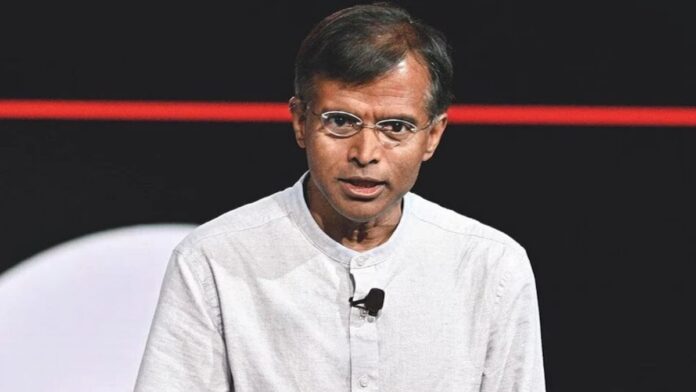By Ananya Grover
The Indian stock market is the most expensive and no amount of “hand-waving” can justify the story of paying 31 times earnings, 3 times revenue and 20 times EBITDA, in the aggregate, for Indian companies, believes valuation guru Aswath Damodaran.
The New York University finance professor, in a recent blog post, noted that US and China also fall into the expensive category, trading at much higher levels than the rest of the world, on all three pricing metrics.
Both Nifty and Sensex are trading around 10% lower than the all-time highs they touched last year.
“The best performing index in 2024, at least for the subset of indices that I looked at, was the Merval (Argentina’s benchmark), up more than 170% in 2024, and that European indices lagged the US in 2024,” the post noted. “The Indian and Chinese markets cooled off in 2024, posting single digit gains in price appreciation.”
However, it noted that the 172.52% return in Merval becomes less impressive when inflation in Argentina is taken into account. “Investors who tried to globally diversify in 2024 underperformed investors who stayed invested only in the US,” it pointed out.
ALSO READUS Stocks: Wall Street closes lower on trade war escalation, weak data
But Argentina’s returns in US dollar terms is still high enough to put it on top of the list of best-performing countries in the world in 2024, and Brazil is at the top of the list of worst performing countries, at least in US dollar terms, the blog noted.
There are emerging markets that have delivered higher returns than developed markets, but in keeping with a core truth in investing and business, these higher returns often go hand-in-hand with higher risk, it said. The logical step in looking across countries is measuring risk in countries, and bringing that risk into your analysis, by incorporating that risk by demanding higher expected returns in riskier countries.
As per Damodaran’s analysis, two of the cheapest regions of the world to invest in are Latin America and Eastern Europe, but both carry significant risk with them, and the third, Japan, has an aging population and is a low-growth market.
» Read More


